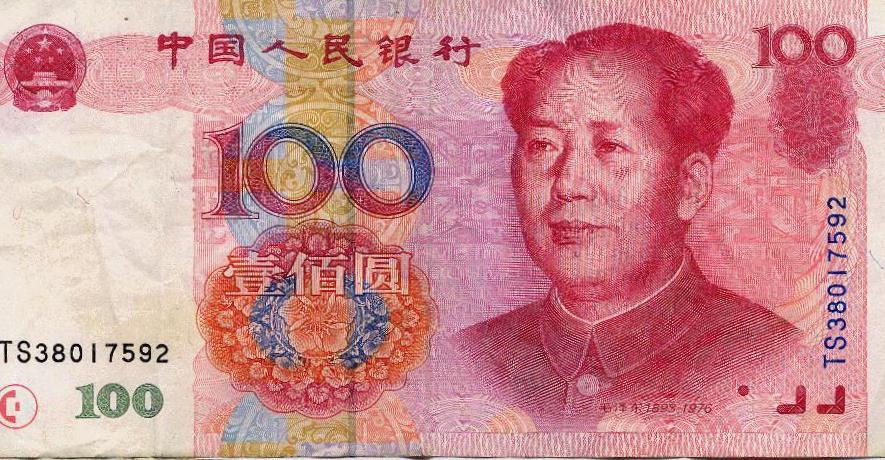Matt Spehr explains why he believes New Zealand firms trading with China using the US dollar could be losing out.
It’s the second largest economy in the world and one of our top three trading partners, yet many New Zealand businesses have never considered using China’s currency, the Renminbi (RMB – also known as yuan), when importing or exporting with that country. The traditionally trusted US dollar has instead tended to be the currency of choice for trading with China.
There are strong reasons why businesses prefer to use the USD in trading with foreign economies. Businesses in many markets, especially in South East Asia, prefer to deal in currencies that have a relatively higher value to those of their own country. In fact, we help many of our clients use the USD to trade with businesses in nations like Thailand and Vietnam. However, with growing volatility and trade tensions between the US and China, the US dollar’s stability should be called into question and businesses should consider casting the currency net wider.
What’s in it for businesses?
The RMB is generally a less familiar currency in New Zealand than the USD, and there are many misconceptions about its stability. However, as the New Zealand economy has become more aligned to China, it has actually become less volatile than trading in the USD. In the past six weeks, there has been about a 7% decrease in the NZD versus the USD (according to Reuters data), so businesses importing are getting less bang for their buck. In contrast, there was only a 3% decrease in the NZD versus the RMB during the same period. Chinese traders usually also add a 2-3% surcharge for payments in USD in order to cover their risk. Ultimately, this can leave Kiwi SMEs shelling out thousands more if they use the USD over the RMB.
A win-win for importers and exporters
If you’re an importer, the first step to assessing your options is asking your supplier for a dual invoice, both in USD and in CNH (the form of RMB which is offshore and used for foreign trading with Chinese businesses). As an example, let’s consider a hypothetical invoice issued last year on 19 July for about USD 100k or CNH 688k, payable on 29 August. By the time the due date arrives, it would equate to about NZD 158k if paid in USD, or NZD 152k if paid in CNH. That’s a difference of NZD 6k thanks to currency fluctuations compared with paying in CNH. Not a sum to be sniffed at (see chart below).
For exporting, the scenario can work in a similar way for your customers in China. If you’re invoicing them in USD, and the CNH is becoming weaker against that currency, it can cause difficulties for your Chinese customer. They may even end up buying less from you to make up for the decreasing value of their currency against the USD. By giving Chinese importers the option to pay in CNH or even NZD, you could make life much easier for them, build good faith, and keep your exports steadier.
Finding out how your business can use Chinese currency
Once you’ve issued or received an invoice with the option of an RMB amount, you can ask your foreign payments provider to assist you in working towards a currency solution that would work best for your business. We’ve helped many of our clients move from using the USD as their primary currency for trade with China to using the RMB – and I can’t recall anyone that’s wanted to move back to USD. Depending on the scale of their trade with China, we help businesses lock rates for currencies and gain better deals from leveraging the higher Chinese interest rates. Of course, every company is different and that’s why it is important for businesses to look at all options to make the most out of their trading.
Matt Spehr is NZ Head of Customer Relationship Management at Western Union Business Solutions.




